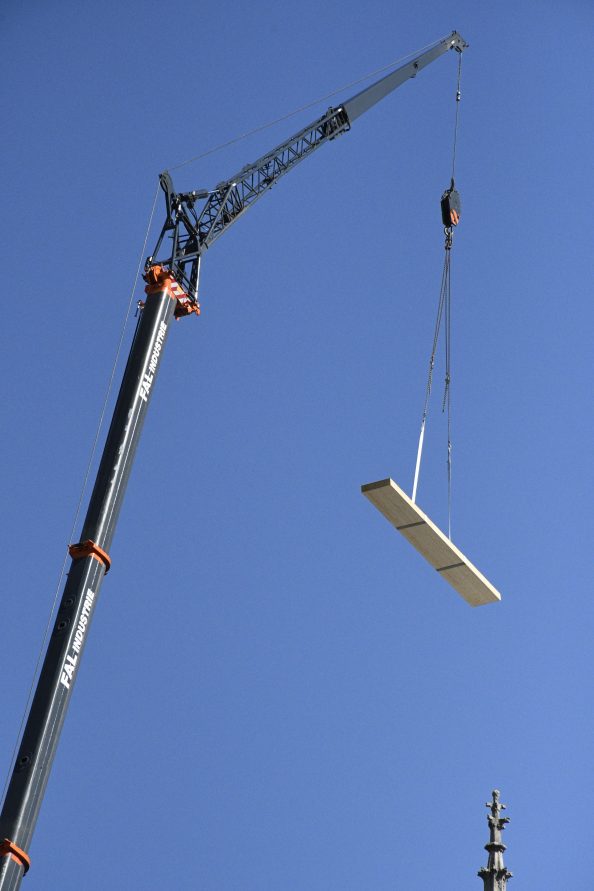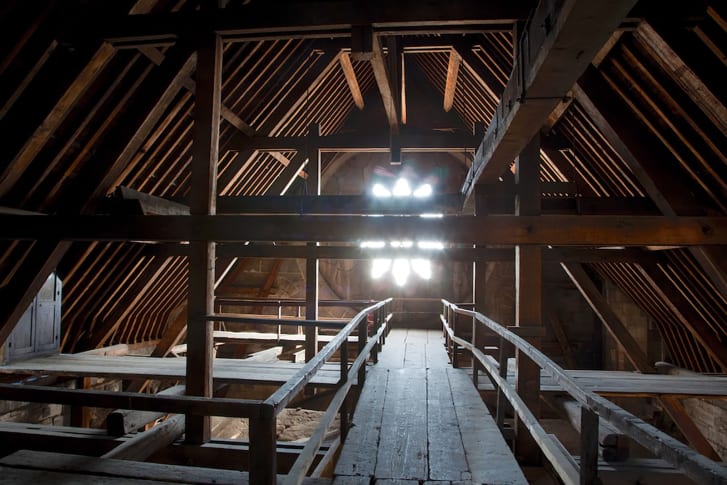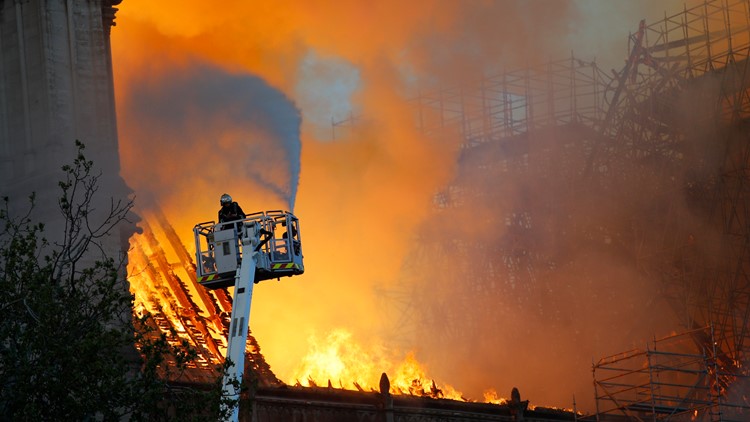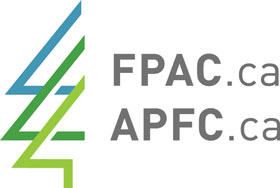 Vancouver, BC – The Forest Products Association of Canada held its annual Awards of Excellence luncheon in Vancouver yesterday. Kicked off by FPAC President and CEO Derek Nighbor and moderated by renowned meteorologist Mark Madryga of Global News, the event honoured the achievements of 16 individuals and community partners who have made special contributions to strengthen Canada’s forest products sector and our forestry communities. “We launched the Awards of Excellence program to honour some of our best and brightest, and to celebrate some special people doing incredible work in our industry,” said Nighbor. “The event is also a chance for us to thank some people who might not work in our sector, but have been champions alongside us in supporting sustainable forest management and the economic benefits that Canadian forestry brings to our communities and the country,” Nighbor added.
Vancouver, BC – The Forest Products Association of Canada held its annual Awards of Excellence luncheon in Vancouver yesterday. Kicked off by FPAC President and CEO Derek Nighbor and moderated by renowned meteorologist Mark Madryga of Global News, the event honoured the achievements of 16 individuals and community partners who have made special contributions to strengthen Canada’s forest products sector and our forestry communities. “We launched the Awards of Excellence program to honour some of our best and brightest, and to celebrate some special people doing incredible work in our industry,” said Nighbor. “The event is also a chance for us to thank some people who might not work in our sector, but have been champions alongside us in supporting sustainable forest management and the economic benefits that Canadian forestry brings to our communities and the country,” Nighbor added.
Live links to individual press releases with picture of award reception are below:
Forest Community Champion Awards
- Jim Carr – Minister of International Trade Diversification
- Ed Fast – Member of Parliament, Abbotsford
- Lyn Hall – Mayor, Prince George, BC
- Pascal Cloutier – Mayor, Dolbeau-Mistassini, QC
FPAC Partnership Awards
- Kristen Vice –National Council for Air and Stream Improvement
- Forestry Futures Alliance- Edmonton & Calgary, AB
Indigenous Business Leadership Award
Skills Award for Indigenous Youth
FPAC Innovation Award
FPAC Lifetime Achievement Awards
FPAC Outstanding Member Award
FPAC Women in Forestry Award of Excellence:
FPAC Rising Star Award:

 As many as 200 logging trucks came rumbling through downtown Vancouver Wednesday, bringing the plight of B.C.’s embattled forestry sector to provincial leaders. Government MLAs and the province’s mayors are gathered at the Vancouver Convention Centre for the annual Union of BC Municipalities (UBCM) convention. Convoy co-organizer Frank Etchart, who owns Nadina Logging Ltd., told Global News action to address mill closures and curtailments in the province is needed immediately. …The convoy was met by hundreds of onlookers, some of them cheering and applauding the truckers. Others held signs voicing support for the forestry industry, reading “forestry feeds my family.” …“The mills can’t afford to bring the wood out of the bush because the stumpage is too high. So it’s going to sit there until the stumpage rate comes down and they can afford to bring it in,” Williams Lake Mayor Walt Cobb said.
As many as 200 logging trucks came rumbling through downtown Vancouver Wednesday, bringing the plight of B.C.’s embattled forestry sector to provincial leaders. Government MLAs and the province’s mayors are gathered at the Vancouver Convention Centre for the annual Union of BC Municipalities (UBCM) convention. Convoy co-organizer Frank Etchart, who owns Nadina Logging Ltd., told Global News action to address mill closures and curtailments in the province is needed immediately. …The convoy was met by hundreds of onlookers, some of them cheering and applauding the truckers. Others held signs voicing support for the forestry industry, reading “forestry feeds my family.” …“The mills can’t afford to bring the wood out of the bush because the stumpage is too high. So it’s going to sit there until the stumpage rate comes down and they can afford to bring it in,” Williams Lake Mayor Walt Cobb said. 
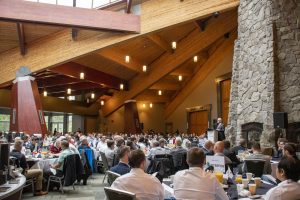 Doug Donaldson, BC’s Minister of Forests… opened the 16th annual Global Buyers Mission (GBM) in Whistler, BC to a standing room crowd of more than 700 delegates. …Prior to introducing the Minister, [BC Wood Chairman] Greg Stewart thanked the government and industry sponsors…and noted the good works of the association in helping grow the value added sector. “BC Wood is the voice of value-added wood sector and given that it’s the fastest growing sector in the forest products industry—it’s a great time to be that voice”. Mr. Donaldson in turn, welcomed the 400 international buyers from 20 countries emphasizing the importance of the event, their attendance and the millions in business being done. Anticipating potential concern over BC’s continuity of supply—due to the current market situation, US tariffs, tight fibre supply, etc.—Donaldson emphasized his government’s efforts to support supply, diversify markets and encourage more value-added wood manufacturing (and thus jobs) from each log harvested.
Doug Donaldson, BC’s Minister of Forests… opened the 16th annual Global Buyers Mission (GBM) in Whistler, BC to a standing room crowd of more than 700 delegates. …Prior to introducing the Minister, [BC Wood Chairman] Greg Stewart thanked the government and industry sponsors…and noted the good works of the association in helping grow the value added sector. “BC Wood is the voice of value-added wood sector and given that it’s the fastest growing sector in the forest products industry—it’s a great time to be that voice”. Mr. Donaldson in turn, welcomed the 400 international buyers from 20 countries emphasizing the importance of the event, their attendance and the millions in business being done. Anticipating potential concern over BC’s continuity of supply—due to the current market situation, US tariffs, tight fibre supply, etc.—Donaldson emphasized his government’s efforts to support supply, diversify markets and encourage more value-added wood manufacturing (and thus jobs) from each log harvested. WHISTLER, BC — This week, 800 buyers, sellers and specifiers of value-added wood products have gathered in Whistler for the Global Buyers Mission (GBM), Canada’s largest show of its kind. And on day one, WoodTALKS—a wood design and construction education event held in conjunction with the GBM—was front and centre. Ken Hori, BC Wood’s Program Manager opened the event, welcoming a record 130 architects and other building sector professions.
WHISTLER, BC — This week, 800 buyers, sellers and specifiers of value-added wood products have gathered in Whistler for the Global Buyers Mission (GBM), Canada’s largest show of its kind. And on day one, WoodTALKS—a wood design and construction education event held in conjunction with the GBM—was front and centre. Ken Hori, BC Wood’s Program Manager opened the event, welcoming a record 130 architects and other building sector professions. 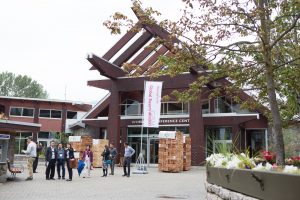 The 16th Annual Global Buyers Mission™ (GBM) will take place this week in Whistler, BC (September 11 – 13). If you are attending, you will be joining over 800 delegates including pre-qualified international Buyers and Specifiers. Not attending the GBM ? The Tree Frog News will provide daily updates starting this Wednesday.
The 16th Annual Global Buyers Mission™ (GBM) will take place this week in Whistler, BC (September 11 – 13). If you are attending, you will be joining over 800 delegates including pre-qualified international Buyers and Specifiers. Not attending the GBM ? The Tree Frog News will provide daily updates starting this Wednesday.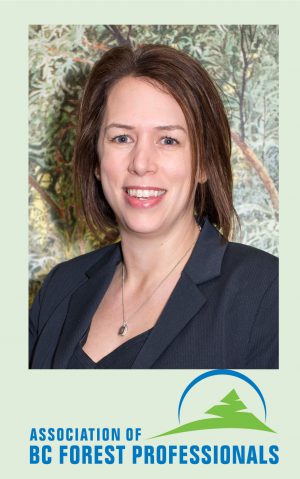

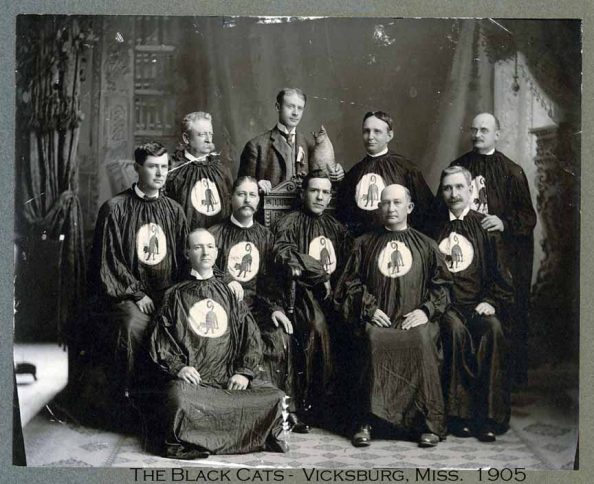

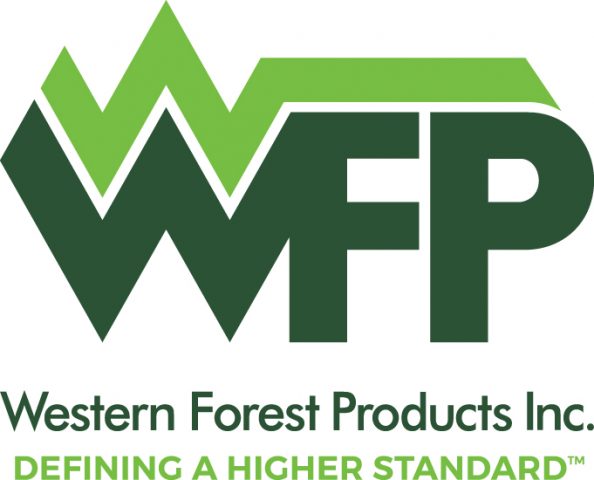
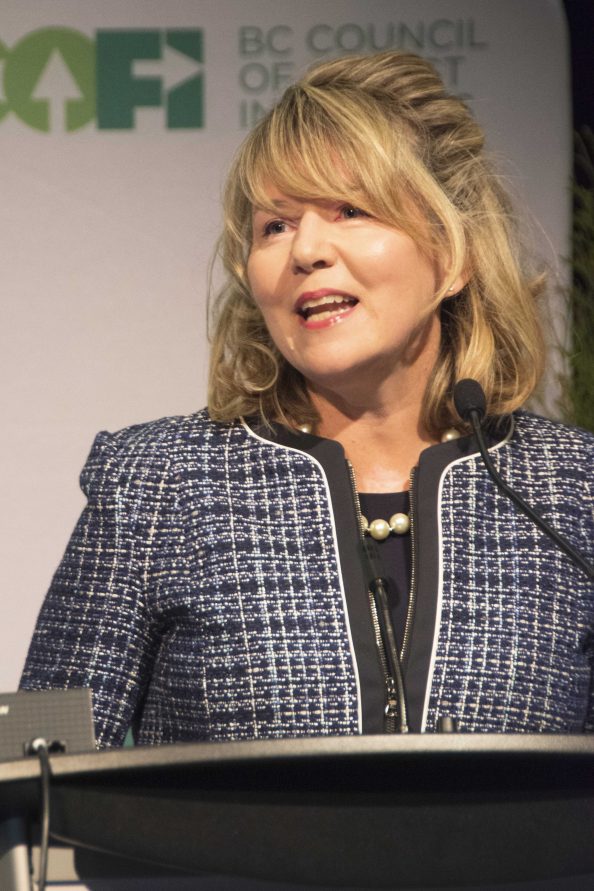

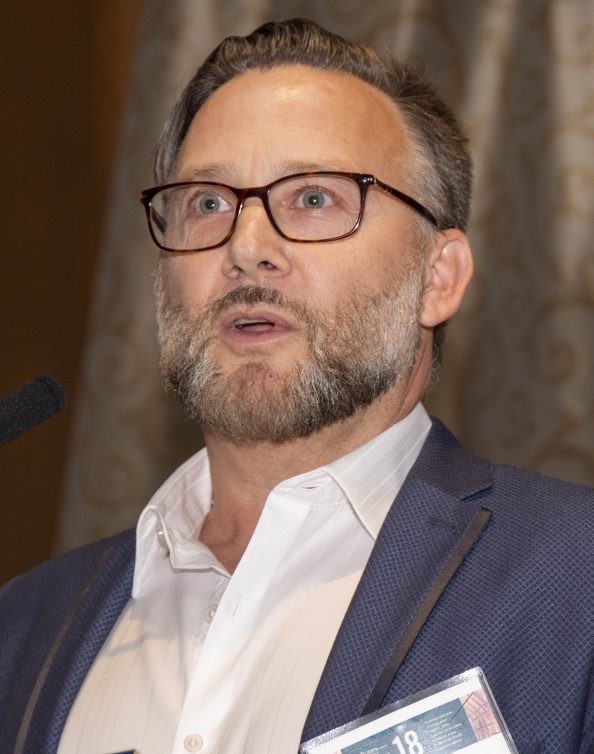
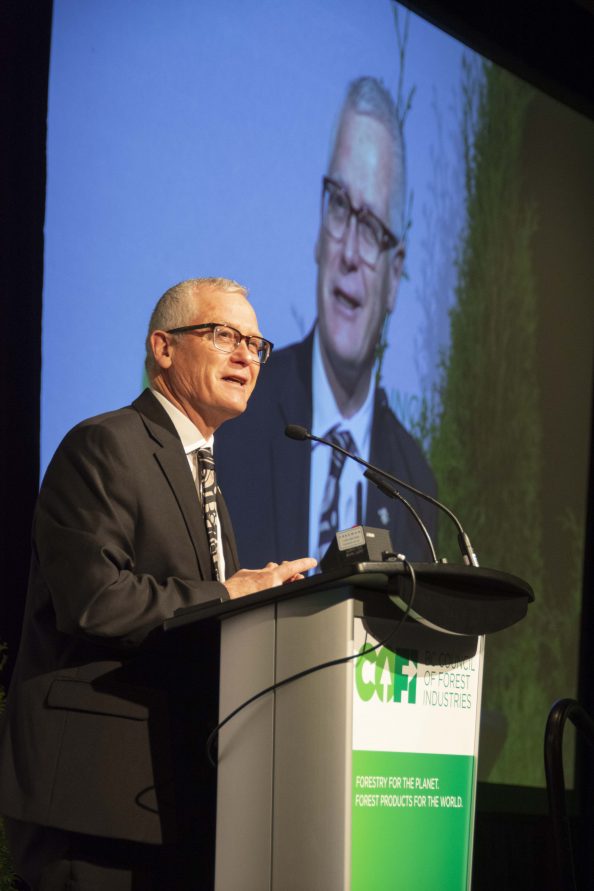
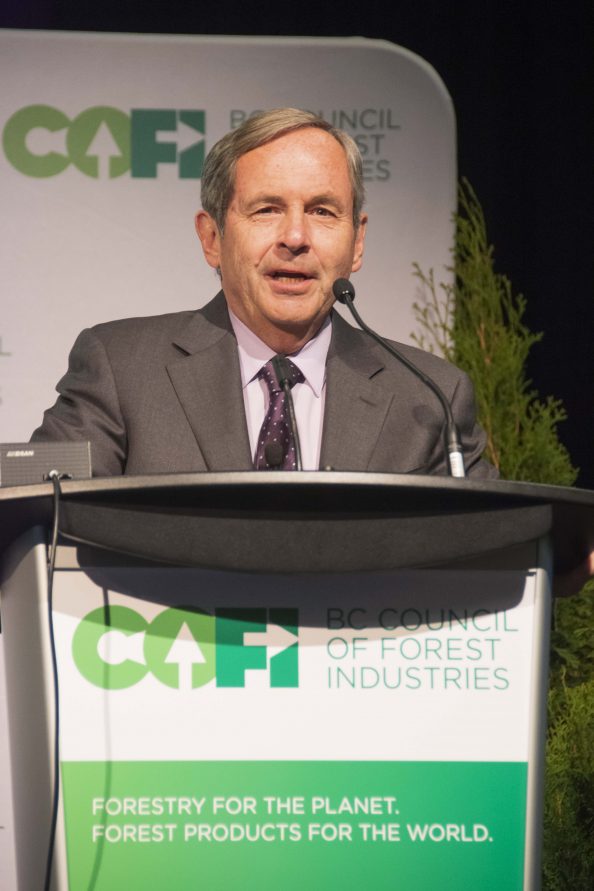
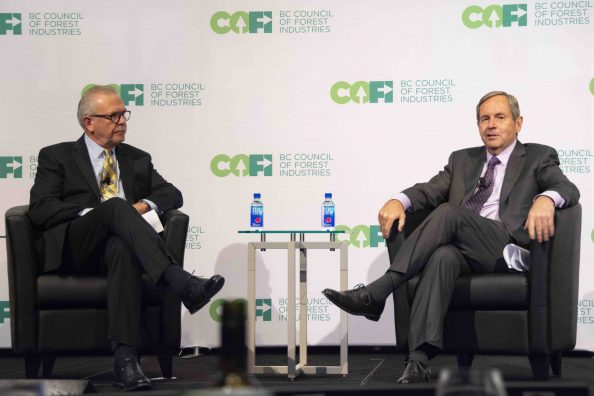
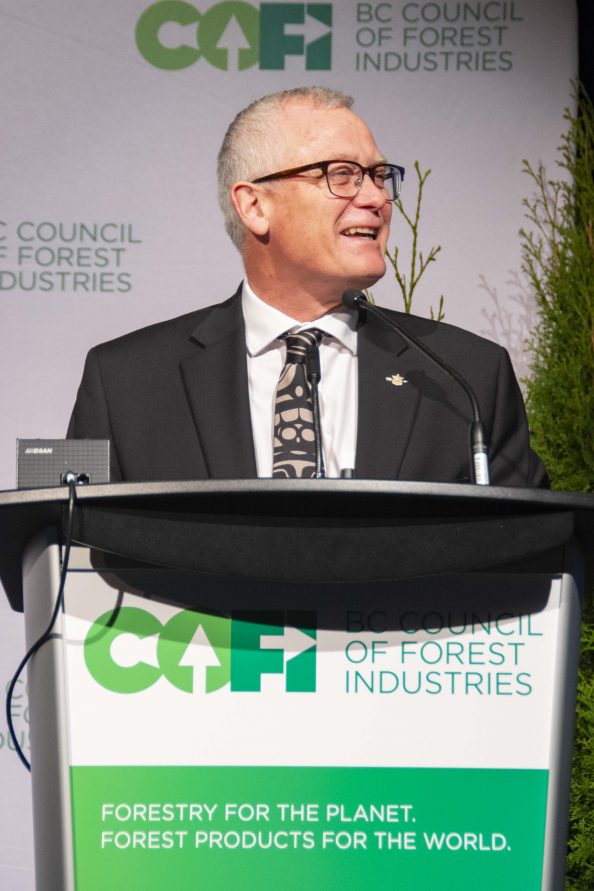
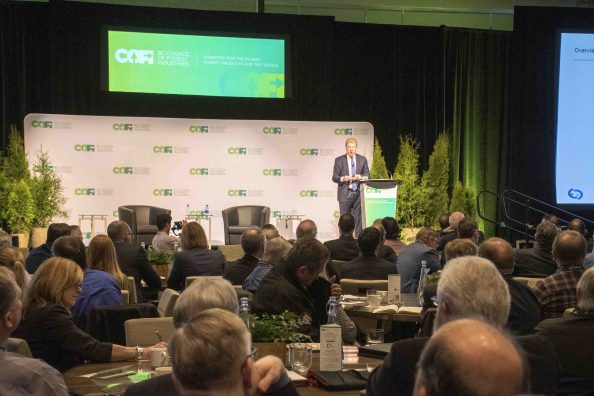
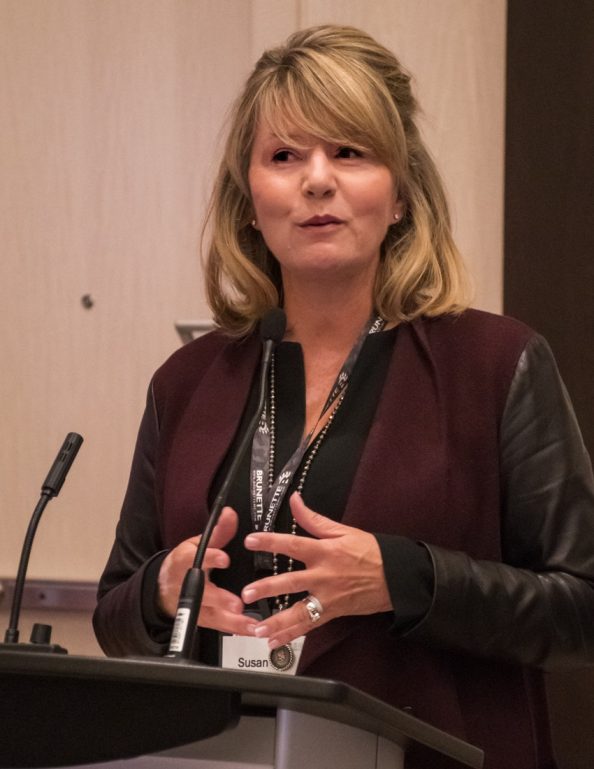

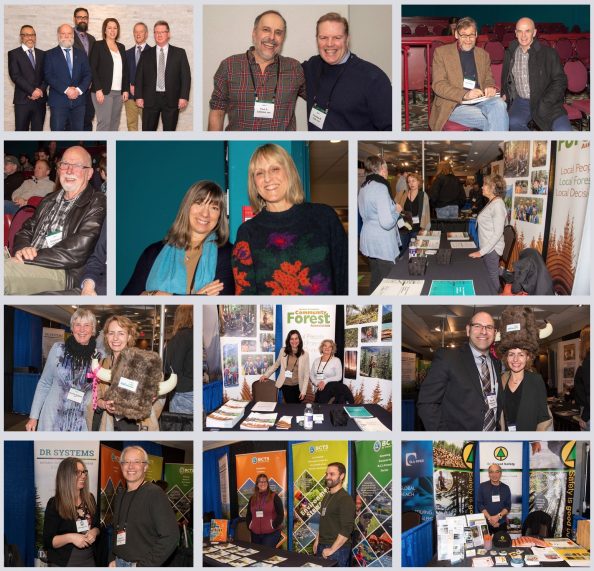
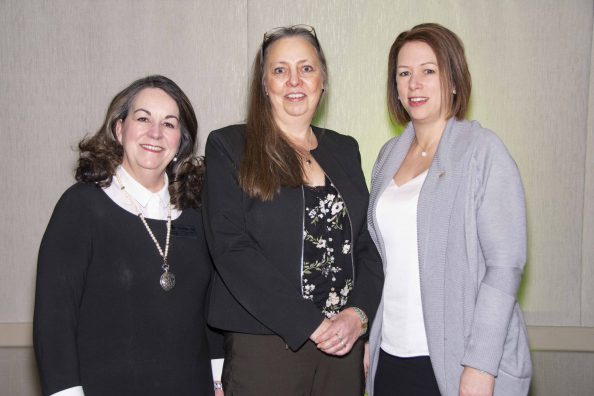
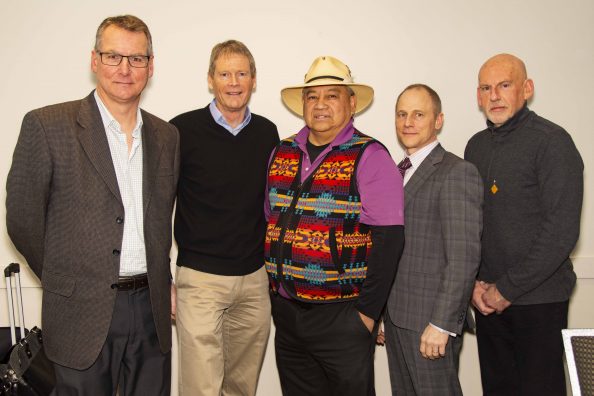
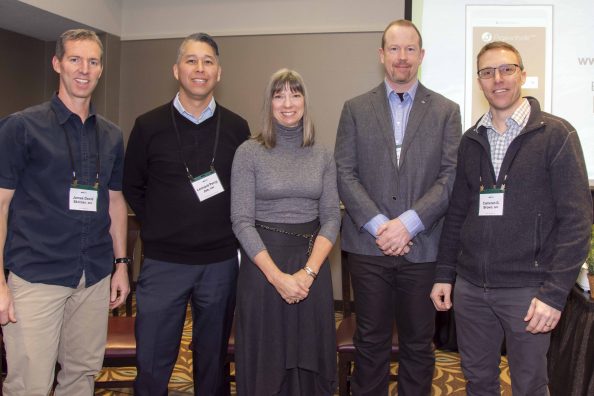

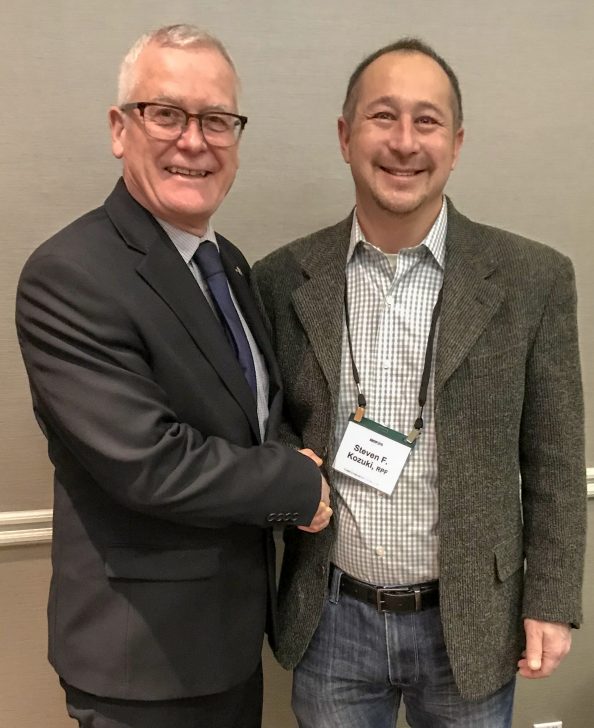
 …One of the nation’s most beloved landmarks, this masterpiece of medieval architecture dates back more than 850 years. …Since that time, the building has been the scene of… the crowning of King Henry VI of England in 1431, Napoleon’s coronation took place there in 1804. …Today, the cathedral is the most visited monument in France, even ahead of the Eiffel Tower, attracting some 12 million people a year. …Though the cathedral is still standing… it has been estimated that it will take at least four months to fully secure the site. …As well as creating a temporary roof, a huge wooden framework will be erected in order to support the main structure, while most of the stained-glass windows will need to be removed and put into storage.
…One of the nation’s most beloved landmarks, this masterpiece of medieval architecture dates back more than 850 years. …Since that time, the building has been the scene of… the crowning of King Henry VI of England in 1431, Napoleon’s coronation took place there in 1804. …Today, the cathedral is the most visited monument in France, even ahead of the Eiffel Tower, attracting some 12 million people a year. …Though the cathedral is still standing… it has been estimated that it will take at least four months to fully secure the site. …As well as creating a temporary roof, a huge wooden framework will be erected in order to support the main structure, while most of the stained-glass windows will need to be removed and put into storage.